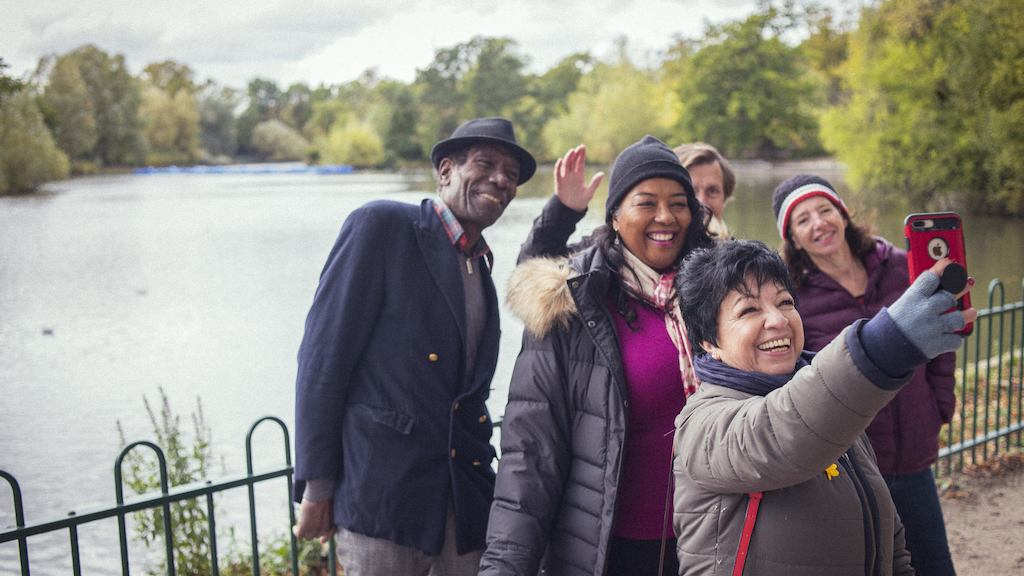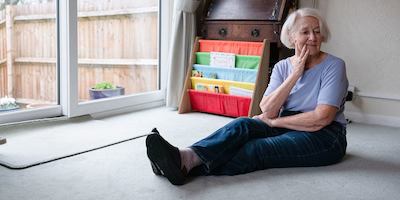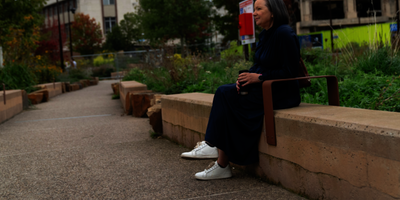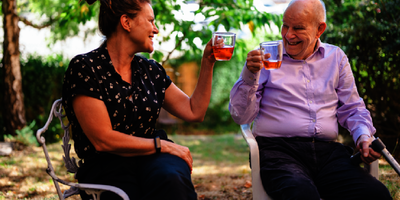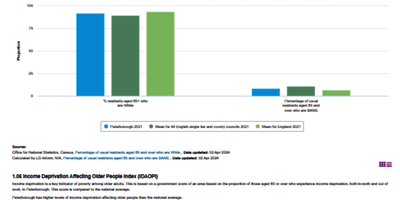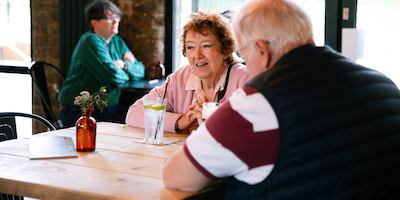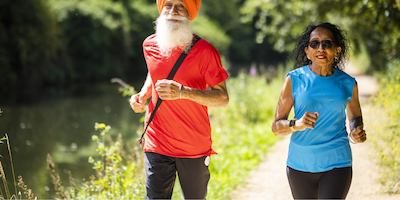Life expectancy in England
life expectancy at birth in England and Wales was 79 years for males and 83 years for females in the latest figures. This is 26 weeks lower for males and 13 weeks lower for females than it was for the 2017 to 2019 period before the pandemic.
What are health inequalities?
But these average figures mask huge inequalities in our health , both in our lifespan and the number of years we live in good health. When people in the most deprived areas get to the age of 65, they have twice as many years of ill-health ahead of them as those in the least deprived areas, despite the fact they have a lower average life expectancy.
There are marked disparities in health status by a host of demographic characteristics: ,
- Wealth - life tables show that men in the most deprived parts of the country live ten years less than men in the least deprived parts, and they spend twice as many years in poor health. People living in the least deprived areas of the country live longer than those in the most deprived areas, whether measured at birth or at age 65.
- Geography – there is a stark north-south divide in life expectancy, healthy life expectancy and people’s self-reported health. Among people aged 50 and older, the largest proportion who are not in good health is in the North East and the smallest is in the South East. Inequalities in health by geography reflect socioeconomic inequalities between areas.
- Ethnicity - Rates of bad or very bad health vary widely across ethnic groups in England. The prevalence of poor self-rated health increases rapidly with age in every ethnic group, but the rate of increase is particularly pronounced among Pakistani and Bangladeshi people from the age of 35-49. Consequently, health inequality between ethnic groups grows across the lifespan, becoming especially pronounced in later life. The proportion of Bangladeshi women aged 50-64 reporting bad or very bad health is the same as for Indian women aged 75-84 and White British women aged 85 and over (22%). The inequalities we see by ethnic group are, in good part, a reflection of the socioeconomic inequality that exists between minority ethnic groups and the White majority.
- Racism - Even after accounting for differences in socioeconomic position, poor health is still more common among Pakistani, Bangladeshi, Black Caribbean, and Indian people when compared to people of White ethnicity. This is because we must also account for the experience of racism and its detrimental effect on health.
For more detail, you can read our Health chapter in State of Ageing.
Life expectancy: in tables
Research from the Office for National Statistics presents the healthy life expectancy estimates for people living in the least deprived areas of the country, compared to those in the most deprived [table 5.03 a and b]. It demonstrates that people living in less deprived areas can expect to live for a longer average number of years than those in the most.
As well as having a longer life expectancy, those who are better-off spend more of their lives in good health. At the age of 65, mean in the most deprived parts of the country can expect to spend 43% of their remaining life in good health, compared with 65% for those in the least deprived. The corresponding proportions for women are 39% and 62%, respectively.
